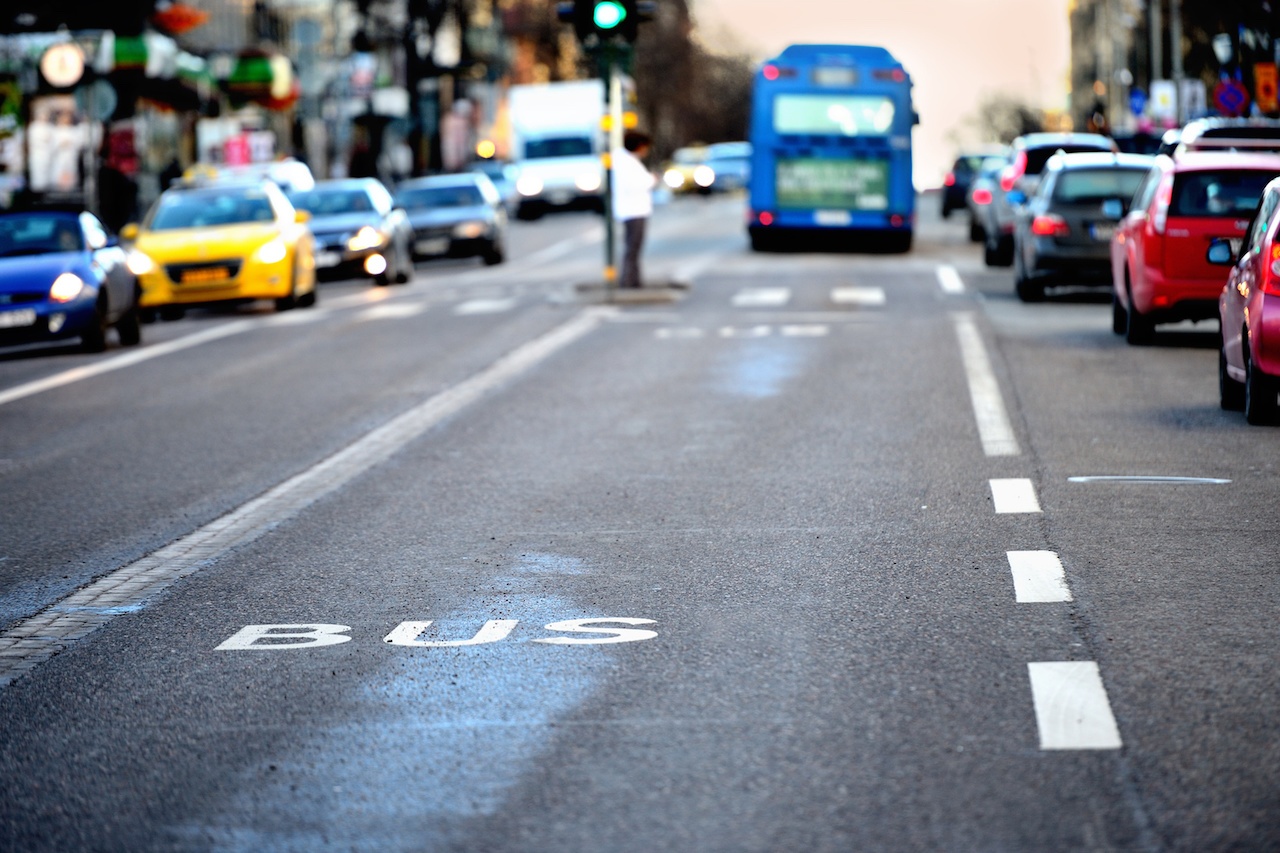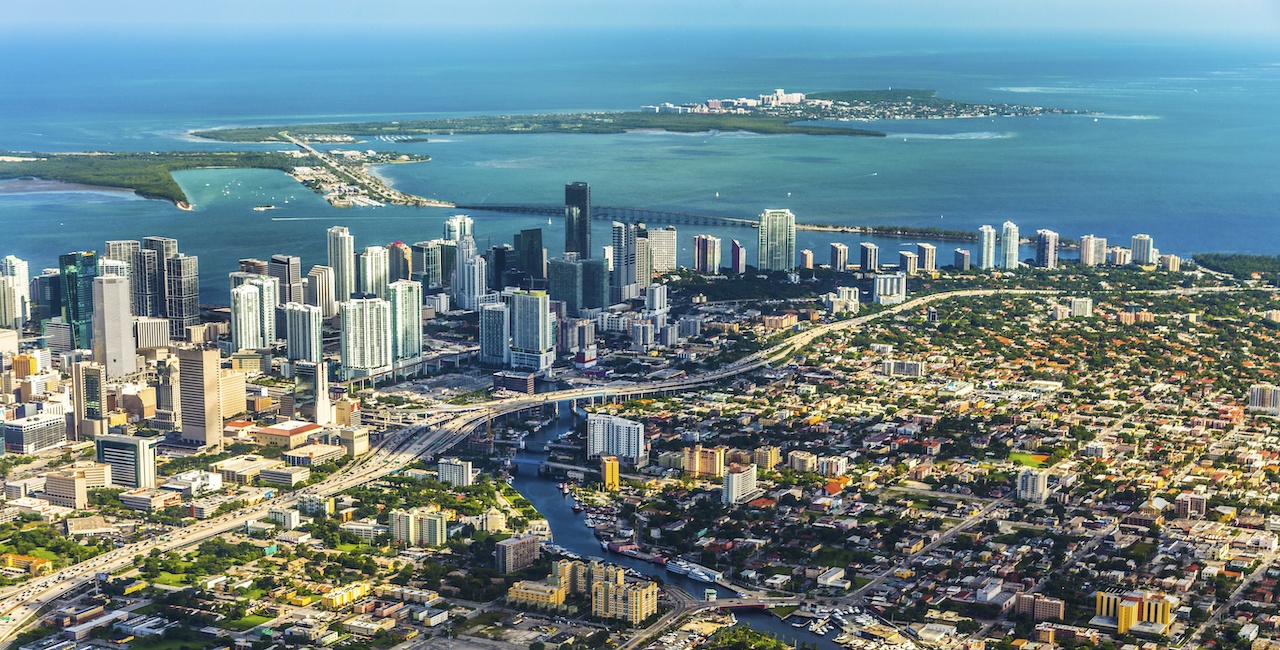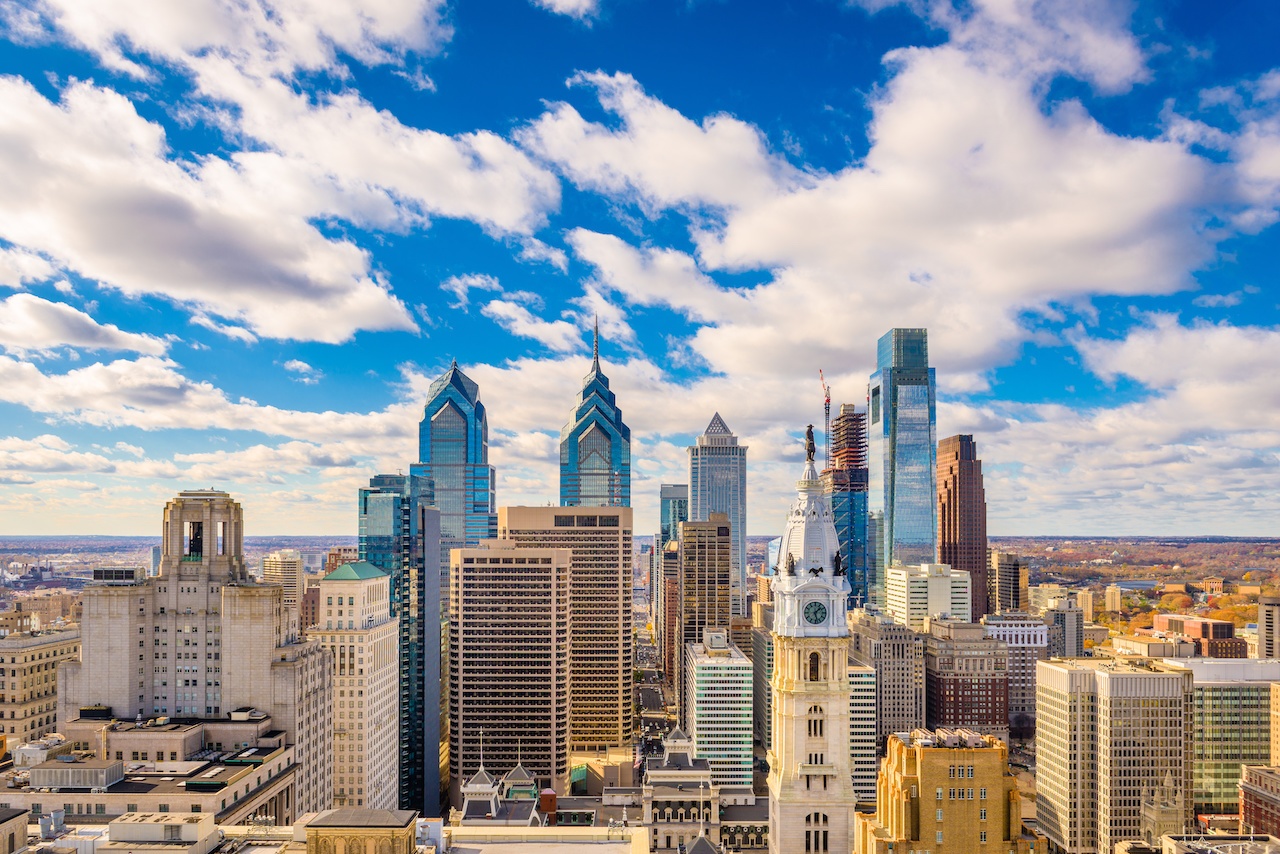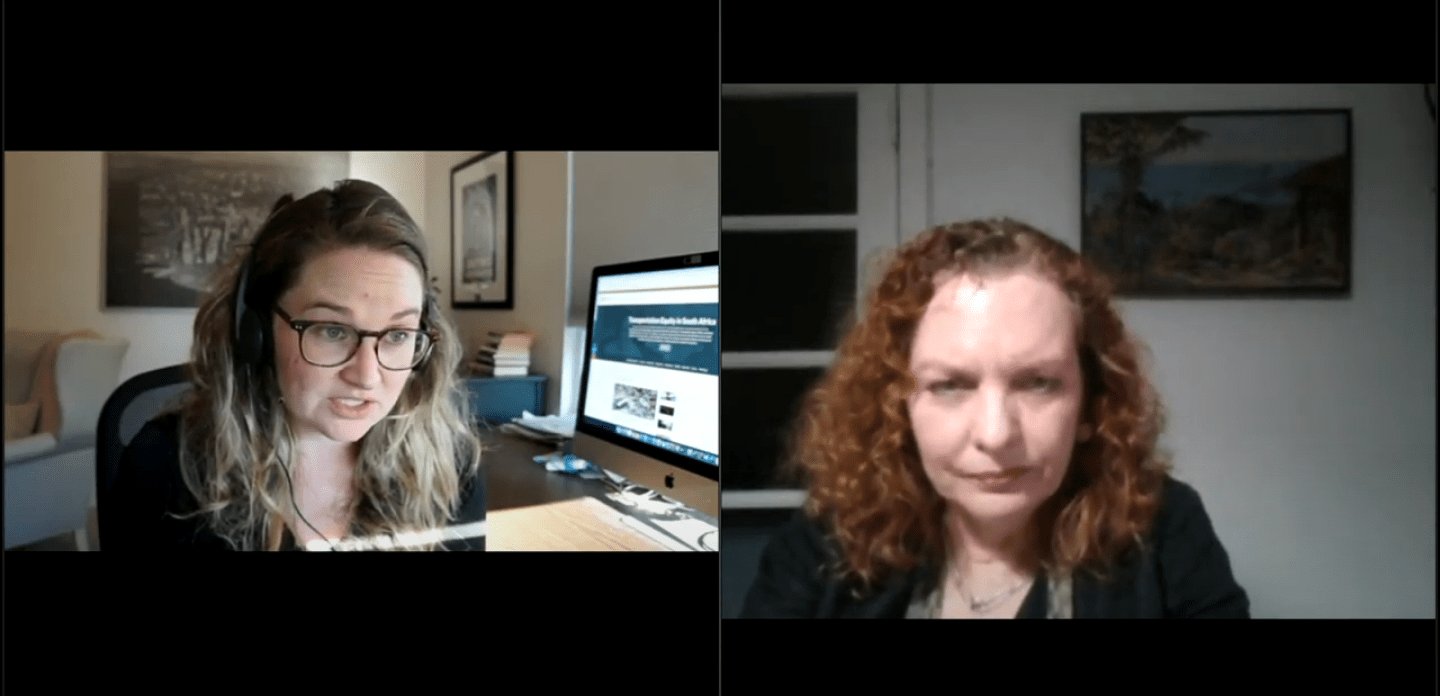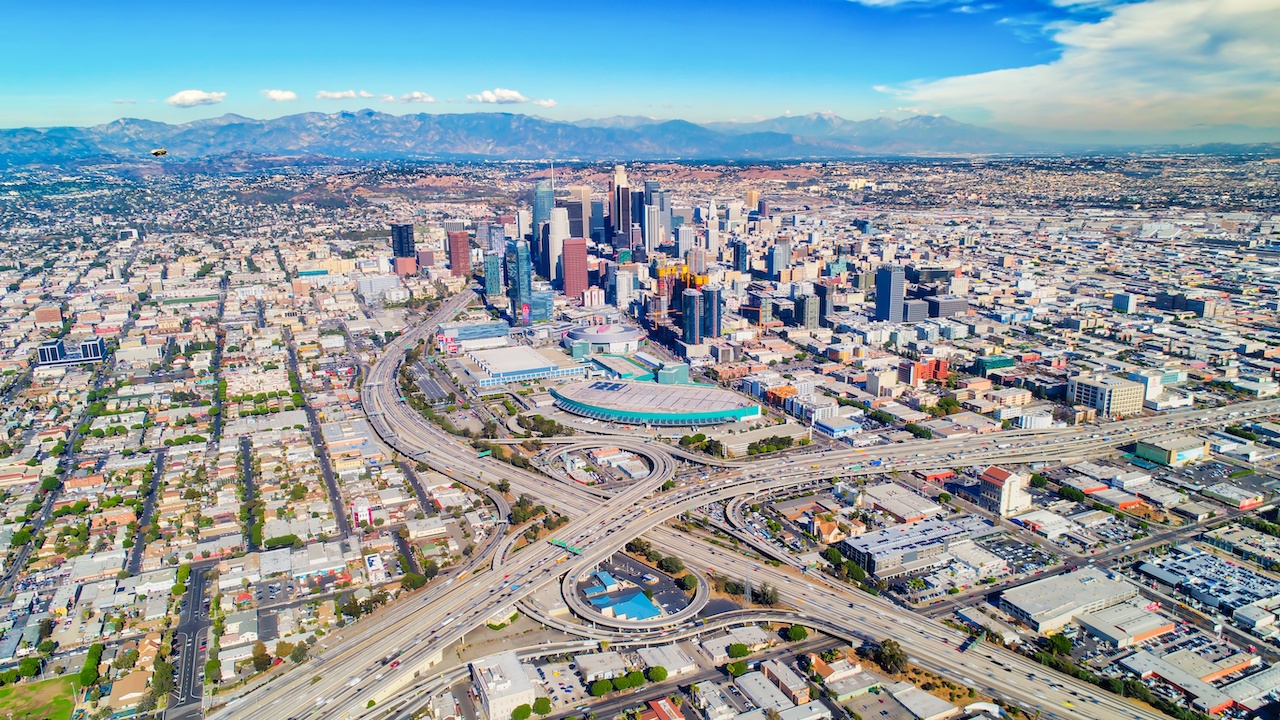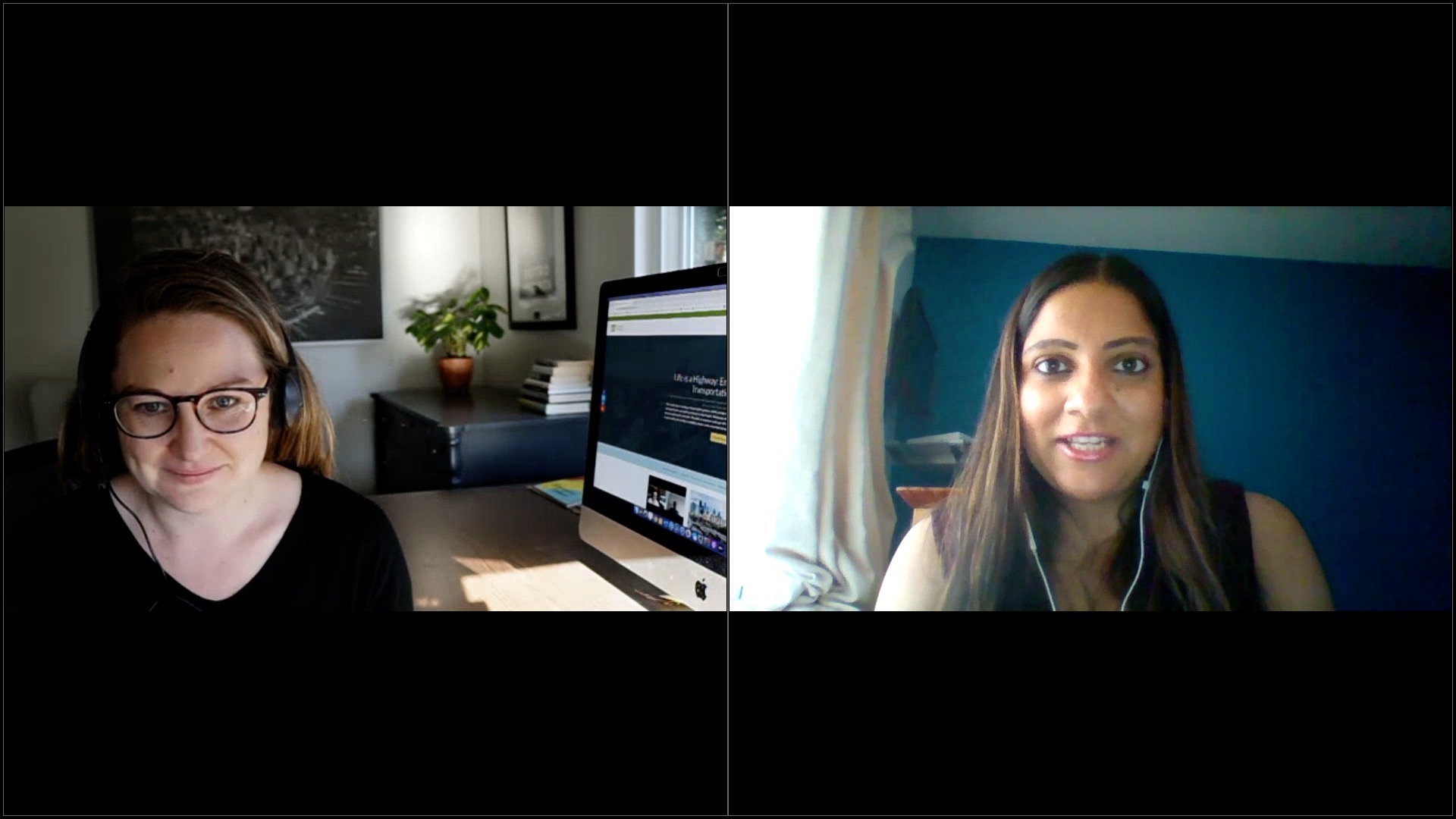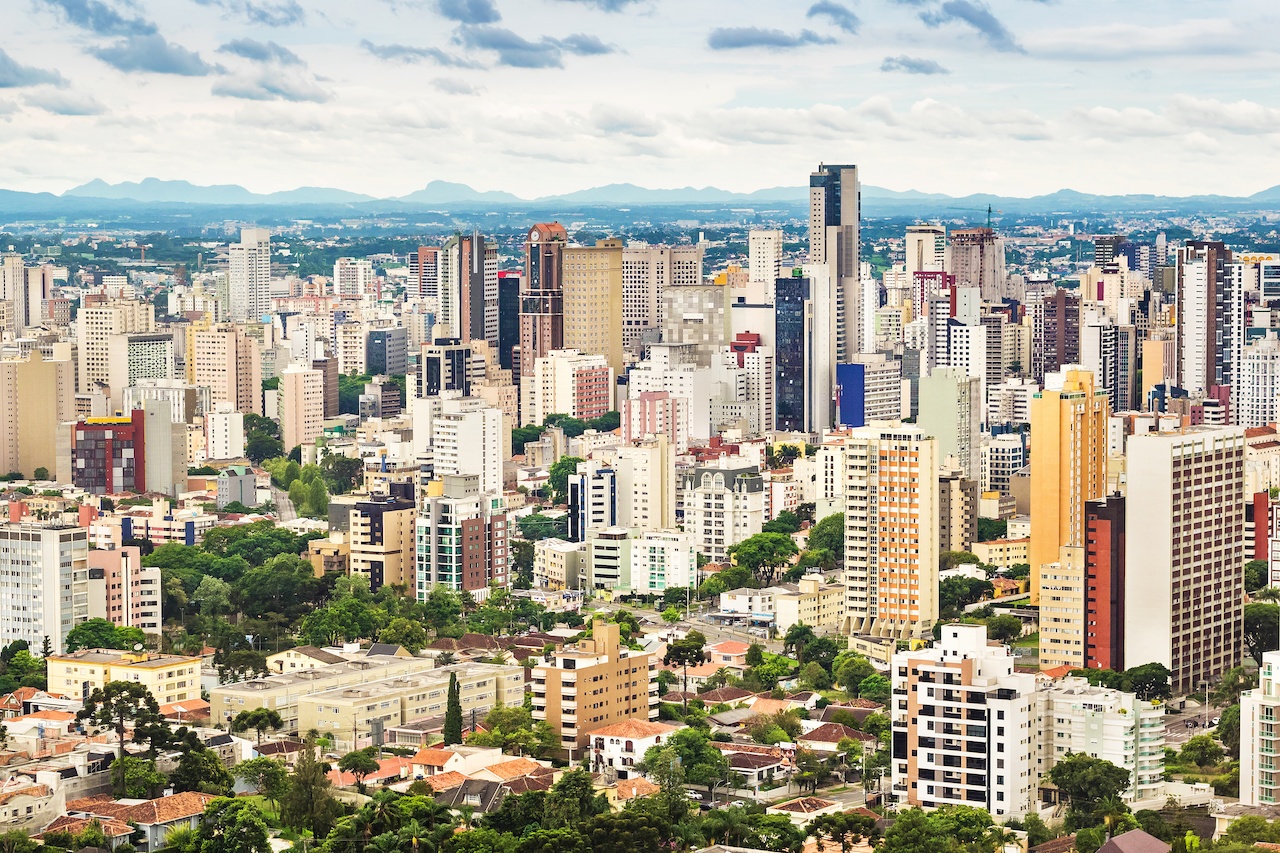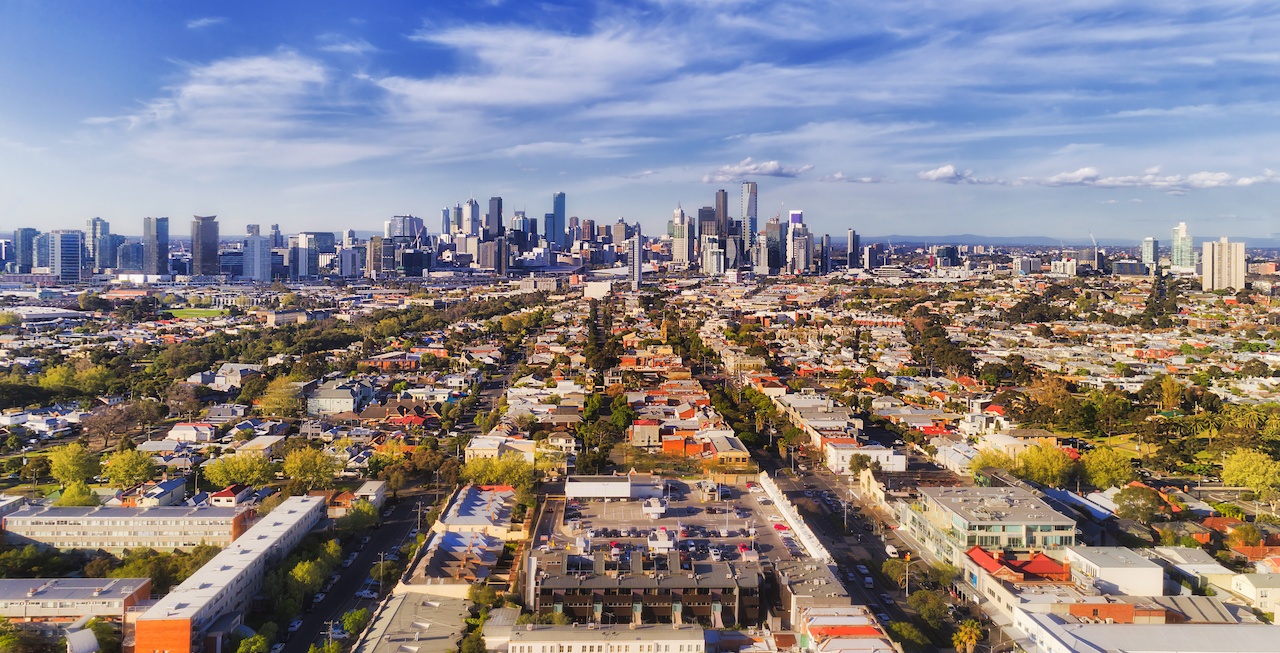Mobility
A broad category of content focused on mobility-related topics in cities.
Examples: public transit, shared mobility, multi-modal mobility, micro-mobility, autonomous vehicles, parking, transportation planning
Planning for the New Mobilities
When planning for new mobilities, it is important to be a little skeptical. Advocates often exaggerate the benefits and overlook significant costs. Here’s an example. Optimists predict that autonomous cars will reduce traffic congestion, crash risk, energy consumption and pollution emissions, but to achieve these benefits they require dedicated lanes for platooning (many vehicles driving close together at relatively high speeds). When should communities dedicate special lanes for the exclusive use of autonomous vehicles? How much should users pay for the privilege? How should this be enforced? Who will be liable if a high-speed platoon crashes, resulting in a multi-vehicle pile-up?
Urban Simulation Tech Models Effects of Shared Mobility in Reducing Congestion
Planning for new, shared modes of transit that will rival private vehicles in access and convenience requires a paradigm shift in the planning process. Rather than using traditional methods, we need to capture individual behavior while interacting with the systems in questions. An increasing number of studies show that combining agent-based simulation with activity-based travel demand modeling is a good approach. This approach creates a digital twin of the population of the city, with similar characteristics as their real-world counterparts. These synthetic individuals have activities to perform through the course of the day, and need to make mobility decisions to travel between activity locations. The entire transportation infrastructure of the city is replicated on a virtual platform that simulates real life scenarios. If individual behavior and the governing laws of the digital reality are accurately reproduced, large-scale mobility demand emerges from the bottom-up, reflecting the real-world incidences.
Multi-modal Transit and the Public Realm
More than ever, urban transit services are in need of sustainable and affordable solutions to better serve all members of our diverse communities, not least among them, those that are traditionally car-dependent. New mobility technologies can be a potential resource for local transit agencies to augment multi-modal connectivity across existing transit infrastructures.
We envision a new decentralized and distributed model that provides multi-modal access through nimble and flexible multi-modal Transit Districts, rather than through traditional, centralized, and often too expensive Multi-modal Transit Hubs. Working in collaboration with existing agencies, new micro-mobility technologies could provide greater and seamless access to existing transit infrastructure, while maximizing the potential of the public realm, creating an experience that many could enjoy beyond just catching the next bus or finding a scooter. So how would we go about it?
Balancing Mobility and Safety at Intersections
Maximizing both the mobility and safety of road users at urban and suburban intersections is of utmost importance to city leaders and citizens today. Trends such as micromobility, connected and automated vehicles, and an explosion of available data, coupled with increasing numbers of bikes and pedestrians on our streets, result in both challenges and opportunities.
The increasing ability to provide intersection connectivity, edge computing and cloud storage, along with growing tool sets, such as Signal Performance Measures (SPM) and advanced video detection, provide new and exciting opportunities to traffic engineers. Possible combinations of Vision Zero intersection solutions, Near-Miss analyses, and the ability to make real-time operating decisions at our intersections can be overwhelming. Still, they must be embraced to ensure public officials are accountable to the traveling public.
Engaging Historically Marginalized Communities During COVID-19
Since historically marginalized communities are already being disproportionally impacted by the COVID-19 pandemic, I am frustrated to see these communities also negatively impacted by the lack of on-the-ground public engagement. While I realize the threat of COVID-19 and the associated restrictions make conducting on-the-ground public engagement challenging, I want to encourage fellow planners to think more creatively. I will admit that I struggled to think creatively when I first heard that Clackamas Community College (CCC) would continue having mostly online classes in Spring Term 2021. CCC has had mostly online classes since the end of Winter Term 2020 when COVID-19 first started impacting Oregon. CCC’s decision about Spring Term 2021 became more stressful when Clackamas County staff told me that public outreach for their new shuttles could not be delayed until next summer.
If Companies Want a Diverse Workforce, They Need to Pay Attention to Transportation
A new toolkit has been developed to help businesses think through strategies to decrease mobility barriers to the workplace, which reduces turnover. When workers can reliably get to work regardless of their personal circumstances, it provides employment stability and the opportunity to build wealth. It’s a win-win. Developed through a partnership between Metropolitan Planning Council and a pro bono Boston Consulting Group team, the toolkit includes slide decks, an overview report, customizable templates, a cost calculator, and instructional videos walking a company through the thought process of establishing a baseline situation, evaluating and selecting a solution, and standing up a program.
Depending on the employer’s location and employees’ needs, solutions may range from helping with last-mile transportation to the transit system, to developing on-demand vanpools, to establishing in-house carpool matching systems. The ROI calculator gives employers the ability to determine the break-even cost—the subsidy amount a company can manage without hurting the bottom line.
Johannesburg and Maputo Partner to Research Transport Needs and Investments
I caught up recently with Sarah Charlton who is Associate Professor at the School of Architecture and Planning at the University of Witwatersrand in Johannesburg.
The research she is leading, located in both Johannesburg, South Africa and Maputo, Mozambique, looks at the interface between the mobility use by residents and transportation investments by the state. The question guiding her research is “are ordinary households using the transport modes that the government is investing in and prioritizing?” The research is a partnership between two universities across two countries and two cities.
Sarah reflects on research during the pandemic across languages, countries, histories and cultures.
Balancing Data Privacy and Data Sharing Between TNCs and Cities
Data concerns are not going away. Data sharing and open data initiatives will likely become even more important as the transportation industry grows more interdependent among citizens, public agencies, cities, and private companies. In an internal context, de-identification of data allows data to be shared across an organization, allowing all users to access insights, and a common picture of demand and service performance across the network. This allows marketing, planners, and operations teams within transit agencies to access the same secure data when doing short term and long term planning. This also enables data sharing between agencies and transit operators which have adjacent service areas, and allows them to optimize timetables and typical transfer points. In an external context, de-identification allows for safe data sharing across different public, private, and community stakeholders, and lays the foundation for collaboration, interoperability, and common understanding, while putting privacy first.
Optimization Tools to Help Transit Agencies Recover
I spoke last week with Krishna Desai from Cubic Transportation, and we discussed three big problems facing transportation, and the ways that Cubic is approaching these challenges:
1) If (or when) more workers return to traditional on-location jobs, but feel a lingering distrust of crowded spaces, people who can afford it may opt for private cars instead of using public transit for their commute. This will create a massive influx of cars on roads that were already crowded, and more financial woes for transit agencies already dealing with budget shortfalls. Krishna told me about a suite of optimization tools Cubic is deploying in places like Mexico and San Francisco to make public transit more efficient, more transparent, and, overall, more attractive to riders.
2) For the time being, though, we’re dealing with the opposite problem. How can transit agencies find ways to influence user behavior in a way that complies with social distancing and capacity requirements? How can you incentivize riders to wait for the next bus? (In a way that doesn’t alienate them forever – see #1). Cubic has deployed a loyalty/advertising program in Miami-Dade County that was originally intended to increase ridership, but is now being used to help control crowding and social distancing on transit.
3) Transportation infrastructure, in generally, was not built to accomodate 6-feet of separation between riders – or between workers. Little things like, for example, opening gates, requires workers to be closer than 6-feet to riders, and there are examples like that throughout every transit hub. Technology can help, but creating and implementing software/hardware solutions quickly and efficiently requires experience with innovation, deployment, maintenance and more. Cubic has a program called Project Rebound that shows the possibilities.
Need to Improve Your Transportation Plans? Try Inverting the Order of Planning
Advanced Urban Visioning offers a powerful tool for regions that are serious about achieving a major transformation in their sustainability and resilience. By clarifying what optimal transportation networks look like for a region, it can give planners and the public a better idea of what is possible. It inverts the traditional order of planning, ensuring that each mode can make the greatest possible contribution toward achieving future goals.
Advanced Urban Visioning doesn’t conflict with government-required planning processes; it precedes them. For example, the AUV process may identify the need for specialized infrastructure in a corridor, while the Alternatives Analysis process can now be used to determine the time-frame where such infrastructure becomes necessary given its role in a network.
Life is a Highway: Embracing Intelligent Transportation Systems
The introduction of intelligent transportation systems, which includes a broad network of smart roads, smart cars, smart streetlights and electrification are pushing roadways to new heights. Roadways are no longer simply considered stretches of pavement; they’ve become platforms for innovation. The ability to empower roadways with intelligence and sensing capabilities will unlock extraordinary levels of safety and mobility by enabling smarter, more connected transportation systems that benefit the public and the environment.
Using Smart City Technology to Adapt to COVID Mobility Preferences
As cities continue to fight against COVID-19, citizens are changing their commuting preferences to adjust to a new way of life. Cities across the globe have experienced significant increases in the number of pedestrians, cyclists, and private cars on the roads as a result of public transport restrictions and social distancing requirements. This has created many new challenges, as cities previously dependent on public transport must now adapt to accommodate more vulnerable road users, such as pedestrians and cyclists.

